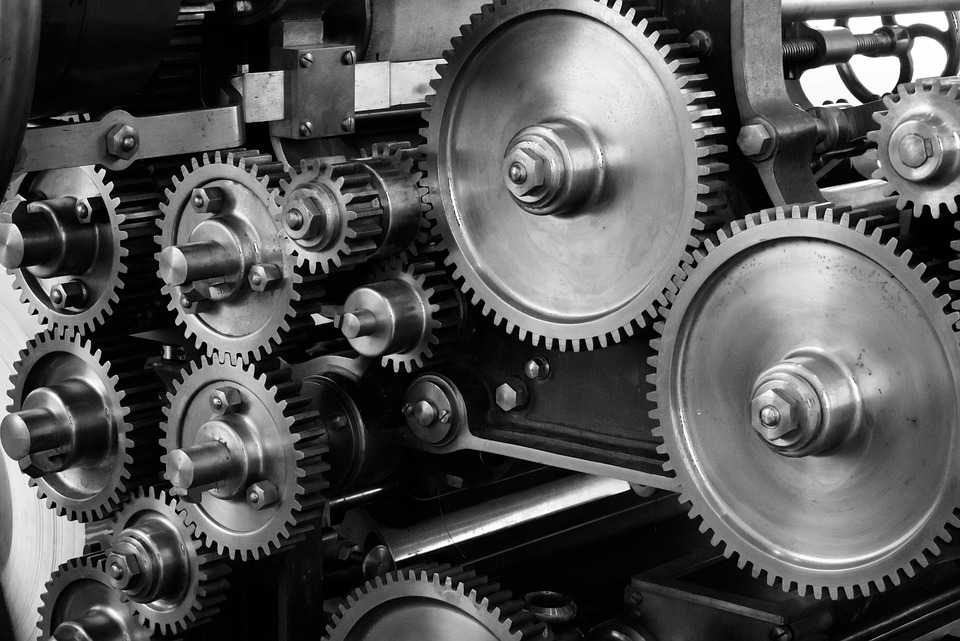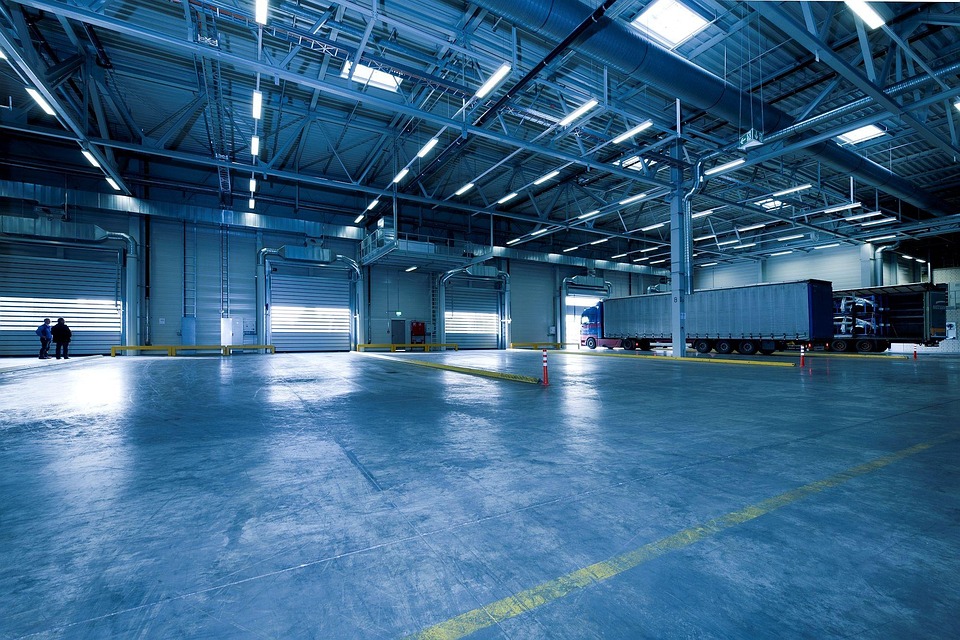China is one of Brazil’s key suppliers of gear products, with export volumes steadily increasing in recent years. In 2023, China’s exports of gears and transmission components to Brazil reached USD 480 million, up roughly 12% year on year. Industrial gearboxes (35%), automotive transmission gears (28%), and agricultural machinery gears (20%) were the main export categories. Below are the key points about China’s gear exports to Brazil.
market environment
- Brazil's industrialization needs: The rapid development of industries such as automotive manufacturing, mining equipment, and agricultural machinery is driving demand for gears.
- Cost advantage: Chinese gears offer high cost-effectiveness and short lead times (averaging 30–45 days), making them more competitive than European and American products.
- Policy support: China and Pakistan are strengthening cooperation under the Belt and Road framework, with logistics and trade facilitation measures being gradually implemented.

Required documents
1. Basic Documents
- 商業インボイス(Commercial Invoice): Must specify the material, specifications, unit price, and total price of the gears, and include a Portuguese translation.
- パッキングリスト(Packing List): List the net weight, gross weight, and volume of the goods in each carton, consistent with the invoice information.
- Bill of Lading(Bill of Lading): The consignee information and the Brazilian tax ID (CPF/CNPJ) must be clearly stated.
2. Special Files
- 原産地証明書(CO): Issued by CCPIT or Customs, used to enjoy Brazil's MFN tariff rate.
- INMETRO Certification: Some industrial gears must be certified by the National Institute of Metrology, Quality and Technology of Brazil.
- Consular Authentication: Some documents must be authenticated by the Brazilian Consulate in China, which takes approximately 7–10 days.
法規および認証要件
1. Technical Standards and Certification
- INMETRO Certification
- Scope of application: automotive transmission gears, industrial gearboxes, and other products related to public safety.
- Certification process: Submit technical documents → Laboratory testing (e.g., abrasion resistance, accuracy) → Factory audit → Obtain certification.
- Certification cycle: approximately 3–6 months, cost: USD 15,000–30,000.
- 環境保護の要求: Gear lubricants must comply with the environmental standards set by Brazil’s ANP (National Agency of Petroleum, Natural Gas and Biofuels).
2. Customs Compliance Requirements
- NCM Code: Brazil Customs uses the NCM code (Mercosur Common Nomenclature).
- Anti-dumping risk: Brazil once imposed anti-dumping duties on certain Chinese steel products; it is essential to ensure that the source of gear raw materials is compliant.

包裝と表示要件
1. Packaging Specifications
- Rust prevention treatment: Gears must be coated with anti-rust oil and wrapped in vacuum film or moisture-proof paper.
- Seismic Design: Fill the wooden crate with foam or bubble wrap; mark “Heavy Cargo” if a single piece weighs over 50 kg.
- eco-friendly materials: Brazil enforces ISPM 15 for wooden packaging, which must bear a fumigation treatment mark.
2. Identification Requirements
- Portuguese label: Must include the product name, model number, manufacturer information, and “Made in China” (Feito na China).
- Safety Warning: Icons such as "Avoid Impact" and "Keep Dry" must comply with the Brazilian ABNT standards.
- Certification Mark: Products certified by INMETRO must be marked with the "INMETRO" logo.
Efficient Clearance Strategy
1. Logistics Optimization Solution
- Choose an efficient route: Shanghai/Ningbo Port to Santos, Brazil—direct sailings take about 35 days; transshipment routes add 7–10 days.
- Multimodal transport: After the cargo arrives at the port, it is transferred inland via Brazilian railways (e.g., Ferrovia Centro-Atlantica), cutting transit time by 20% compared with all-truck transport.
- Pre-customs clearance service: Partner with DHL and FedEx, submit documents in advance to achieve "release upon arrival."
2. Tariff Cost Control
- Reasonable declared value: Declare at FOB value (excluding international freight) to avoid inflating the customs duty base with CIF pricing.
- Leverage free trade agreements: Brazil is a member of MERCOSUR and can leverage regional value-chain arrangements—such as setting up an assembly plant in Argentina—to enjoy intra-zone tariff preferences.
- Application for Tariff Deferral: Enterprises that qualify under Brazil’s “Export Processing Zone” (ZPE) policy may defer the payment of import duties.
3. Supply Chain Collaboration
- Localized warehousing: Establish bonded warehouses in S?o Paulo or Rio de Janeiro to enable rapid distribution.
- Collaborate with Brazilian agents: Entrust local customs clearance experts to handle tax disputes and reduce compliance risks.

結論
China’s gear exports to Brazil hold enormous potential, yet they must precisely tackle technical barriers and logistics challenges. Enterprises should:
- Strengthen Authentication Compliance: Prioritize entering the high-end market through INMETRO certification.
- Refined logistics management: Integrate multimodal transport with pre-clearance services to enhance efficiency.
- Make the most of policy dividends: Reduce costs through regional free-trade agreements and tax incentives.
In the future, as China and Pakistan deepen their collaboration in the new-energy equipment sector, products such as high-precision wind-power gears and electric-vehicle drivetrains could become new growth drivers.


 カスタマーサービスWeChatをフォローしてください
カスタマーサービスWeChatをフォローしてください